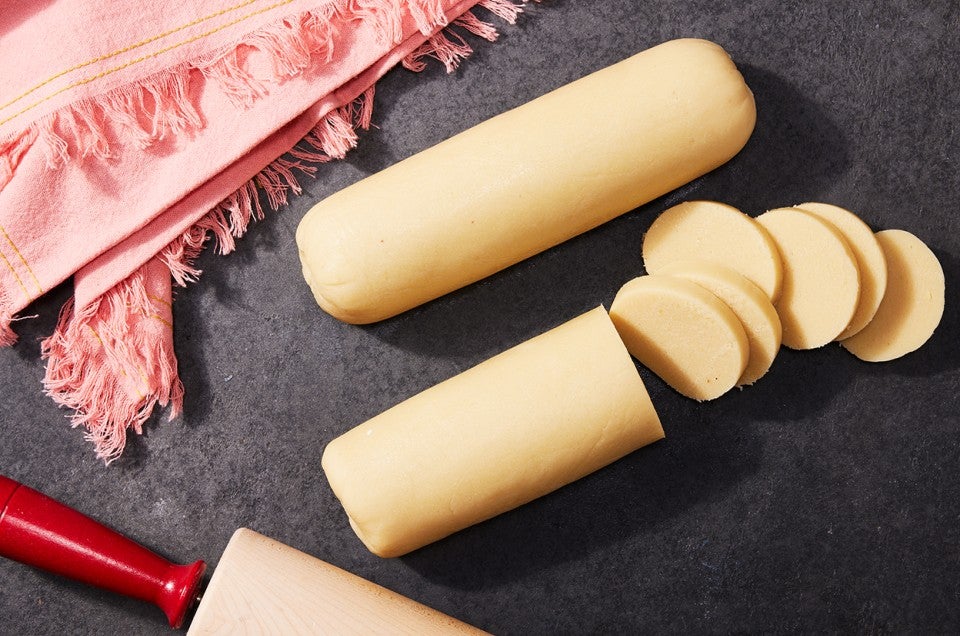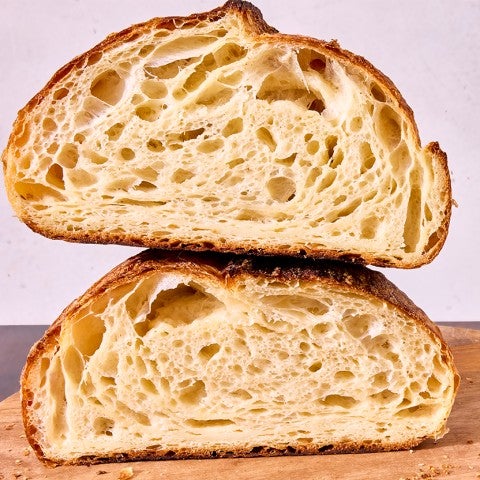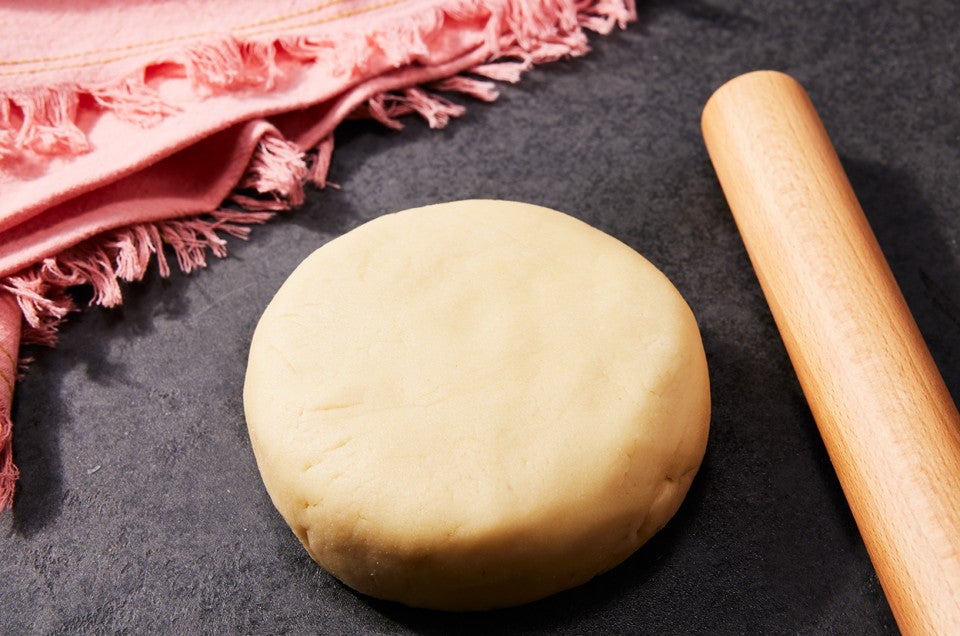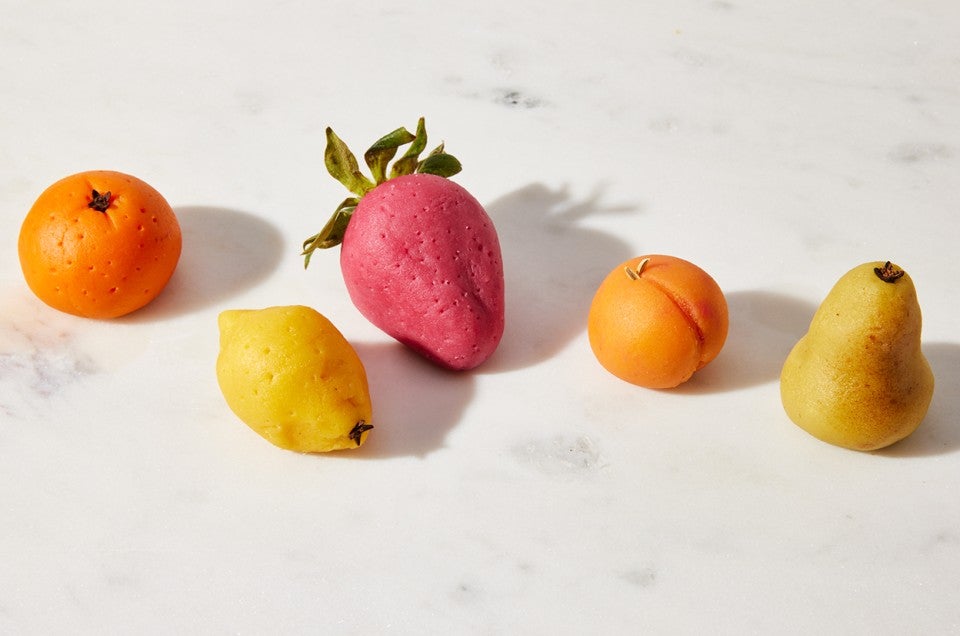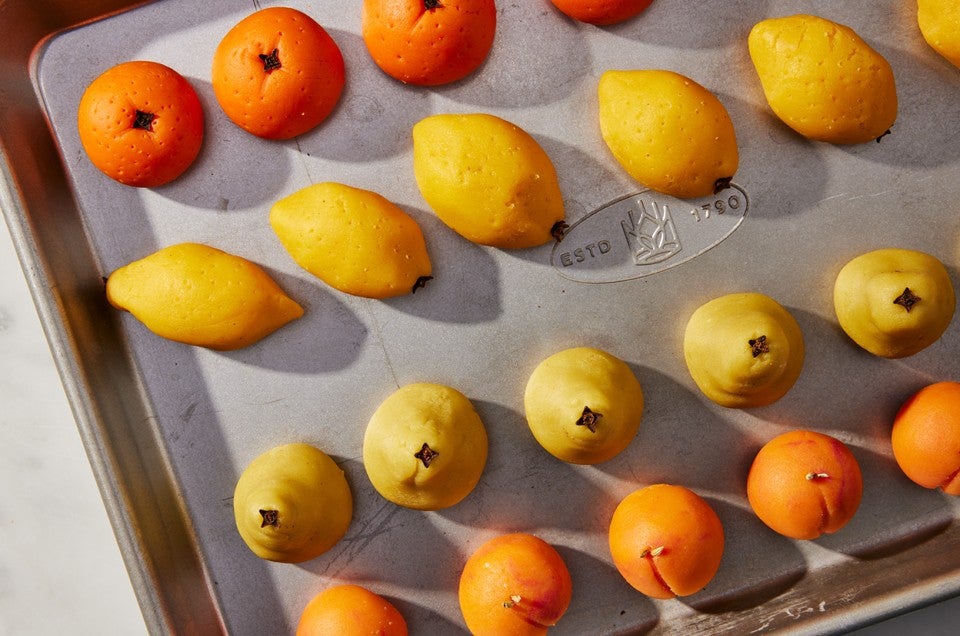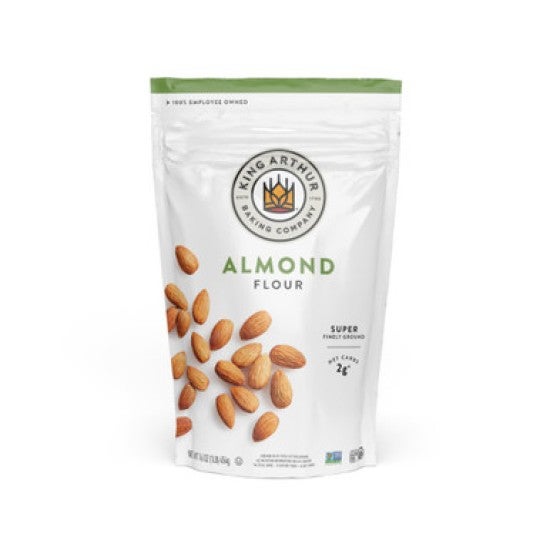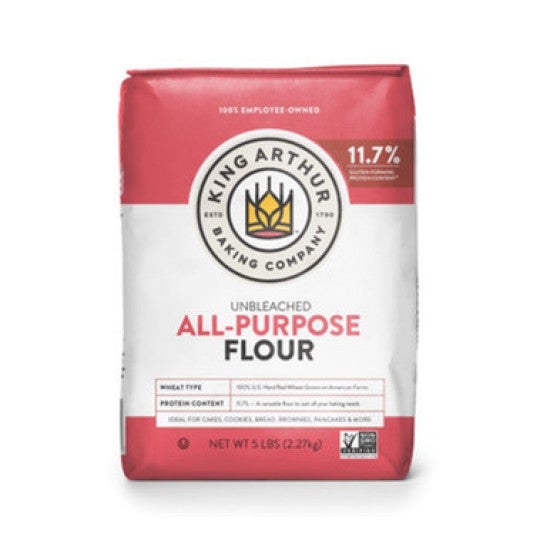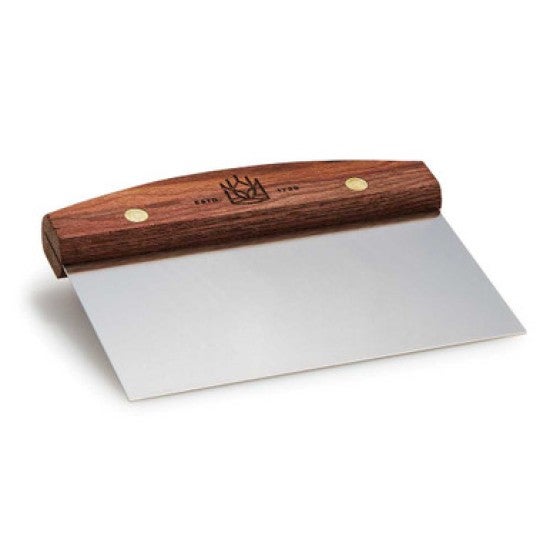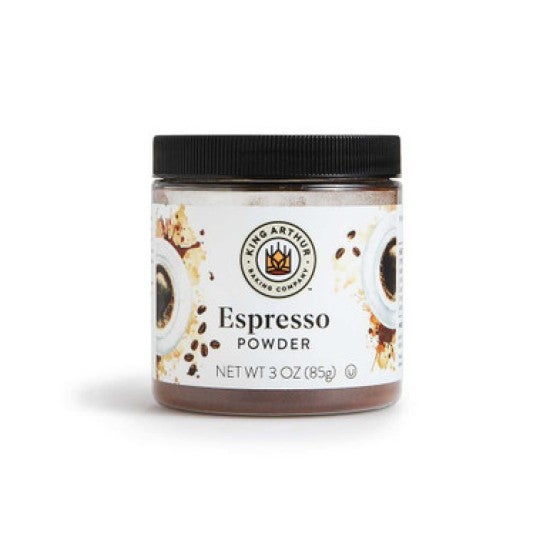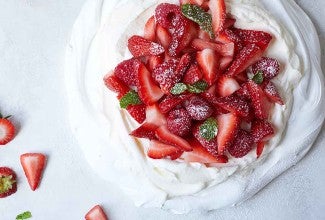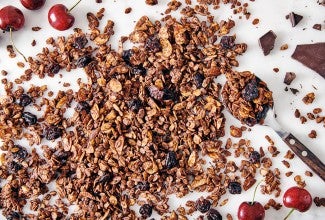Homemade Marzipan
This boiled marzipan recipe produces a soft, moldable almond confection with a long shelf life. Amplify the delicate flavor by adding almond extract, citrus zest, or even freeze-dried fruit, then show off your artistic side by coloring the marzipan and shaping it into charming marzipan fruits. With just a couple of household items, like a small paint brush and a paring knife, you can make peaches, pears, lemons, and oranges, perfect for giving as gifts or using to decorate cakes, tarts, and other desserts.
